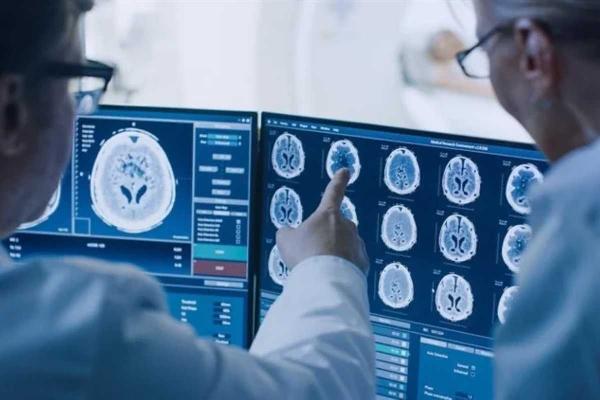New AI Model Revolutionizes Cancer Diagnostics with Virtual Tissue Coloration

Strong8k brings an ultra-HD IPTV experience to your living room and your pocket.
New AI Transforms Cancer Diagnostics with Virtual Tissue Coloration | The Lifesciences Magazine
[Source – azorobotics]
A groundbreaking artificial intelligence (AI) model, named “VirtualMultiplexer,” has been developed to generate virtual colorations of cancer tissue, potentially transforming cancer diagnostics. The study, published in Nature Machine Intelligence and co-led by scientists from the Universities of Lausanne and Bern, marks a significant advancement in pathology analysis. The model was developed by a team of computer scientists, biologists, and clinicians, including Marianna Rapsomaniki from the University of Lausanne and Marianna Kruithof-de Julio from the University of Bern.
VirtualMultiplexer leverages generative AI to create accurate and detailed images that mimic the staining of tissue for various cellular markers, aiding in the diagnosis of cancer by providing critical information about a patient’s condition. The innovation reduces the need for multiple experimental tissue analyses and aims to overcome challenges associated with limited patient tissue samples. “You only need one actual tissue coloration that is done in the lab as part of routine pathology, to then simulate which cells in that tissue would dye positive for several other, more specific markers,” explains Rapsomaniki.
How VirtualMultiplexer Works and Its Clinical Validity?
VirtualMultiplexer uses a method known as contrastive unpaired translation, similar to a mobile app predicting future appearances based on current photos. The AI model is trained on thousands of images of stained tissues, learning the characteristics of different dyes to replicate them virtually on new tissue images. The team ensured the model’s accuracy and clinical relevance through a rigorous validation process, comparing the AI-generated images to actual stained tissues and evaluating their predictive power regarding clinical outcomes such as patient survival and disease progression.
The results showed that the virtual images were not only accurate but also clinically meaningful. Additionally, the model underwent a “Turing test,” where expert pathologists found it difficult to distinguish between AI-generated images and real stained tissues, further confirming its effectiveness. This technological breakthrough sets VirtualMultiplexer apart by considering three different scales of cancer tissue structure: the global architecture, the relationships between neighboring cells, and the detailed characteristics of individual cells, resulting in a more precise representation.
Future Applications and Potential Impact
The innovative AI model offers immense potential for advancing oncology research by complementing existing experimental data with high-quality simulated stainings. It enables scientists to formulate new hypotheses, prioritize experiments, and deepen their understanding of cancer biology. While the tool was initially developed using prostate cancer tissues, it has demonstrated similar effectiveness for pancreatic tumors, raising the possibility of its application across various cancer types. “We are confident that it can be useful for many other disease types,” says Kruithof-de Julio.
Beyond its current applications, the VirtualMultiplexer could support foundational AI models in biological studies, enabling them to learn from vast amounts of data and perform diverse tasks. As AI continues to evolve, this model’s ability to create virtual tissue colorations represents a promising step forward in cancer diagnostics, potentially revolutionizing how experts approach the understanding and treatment of various cancers.
Also read: AI in Healthcare: Revolutionizing Patient Care and Beyond
Note: IndiBlogHub features both user-submitted and editorial content. We do not verify third-party contributions. Read our Disclaimer and Privacy Policyfor details.







